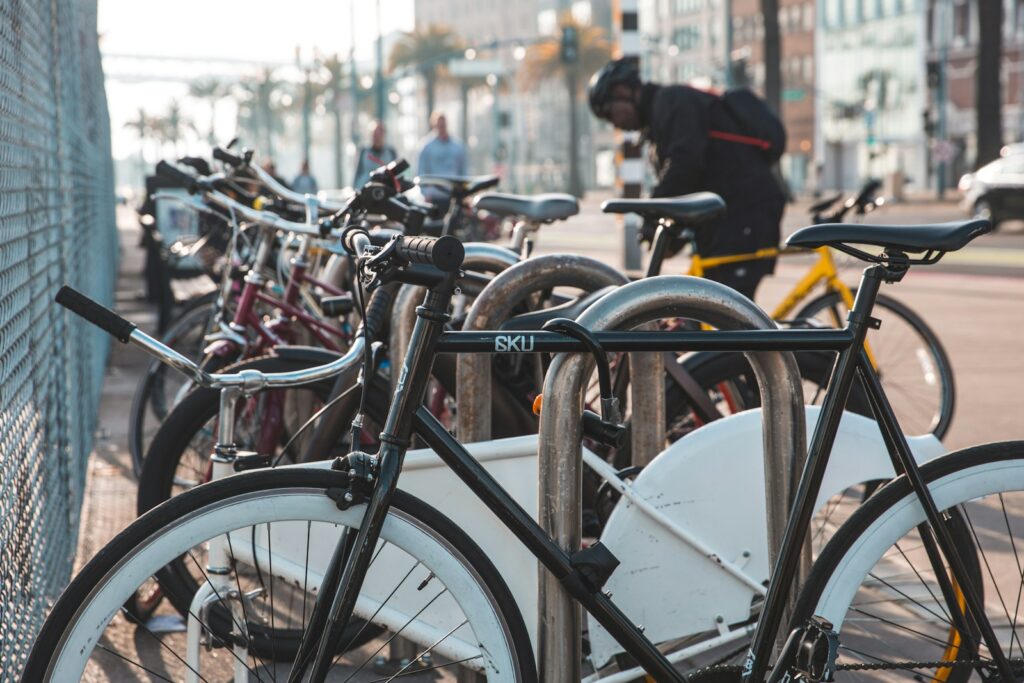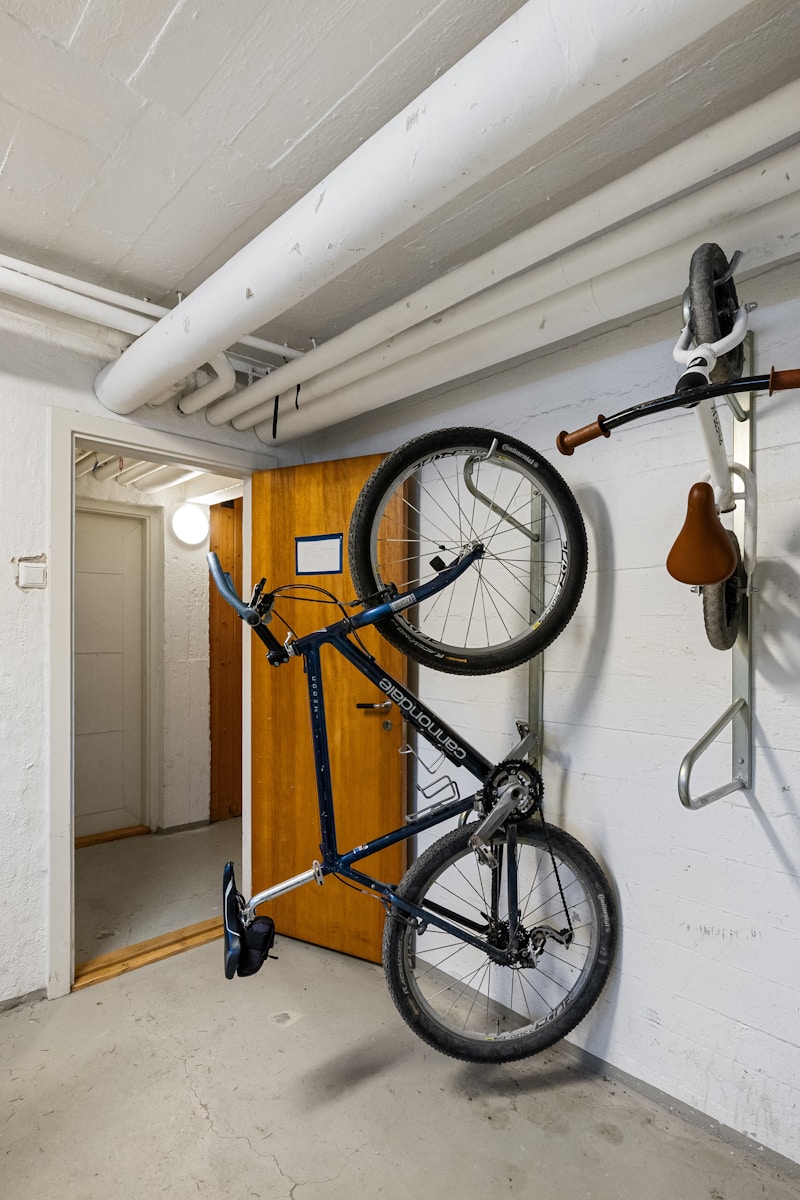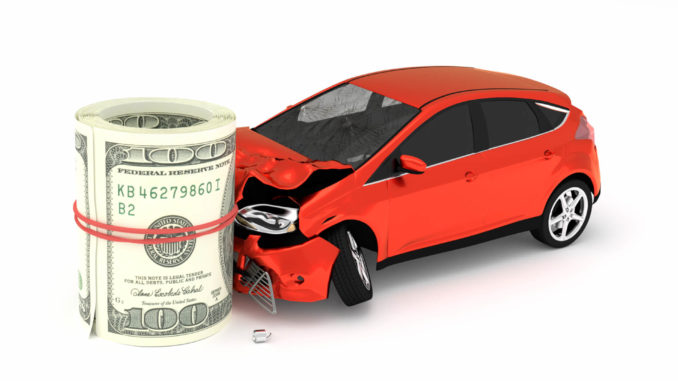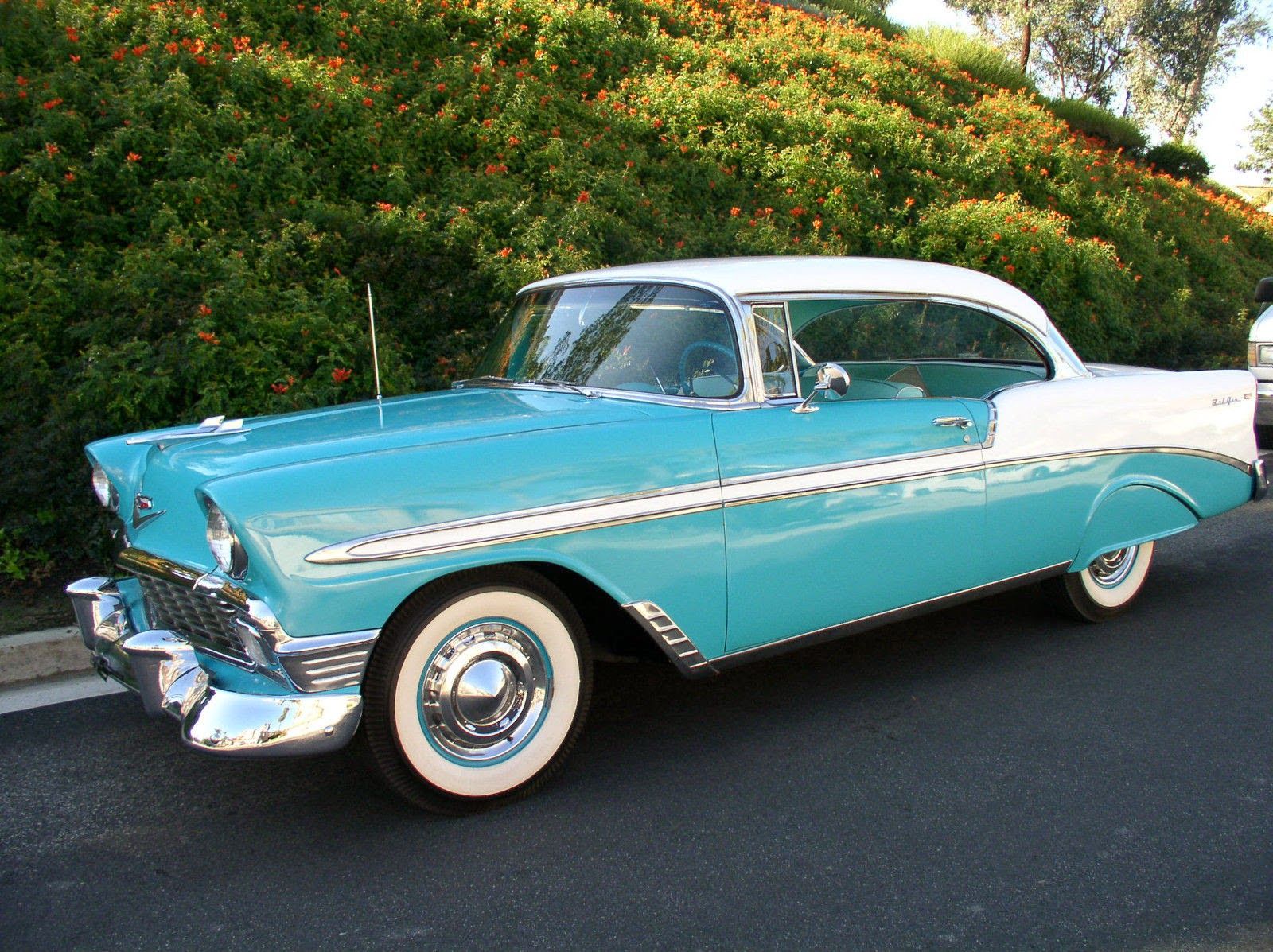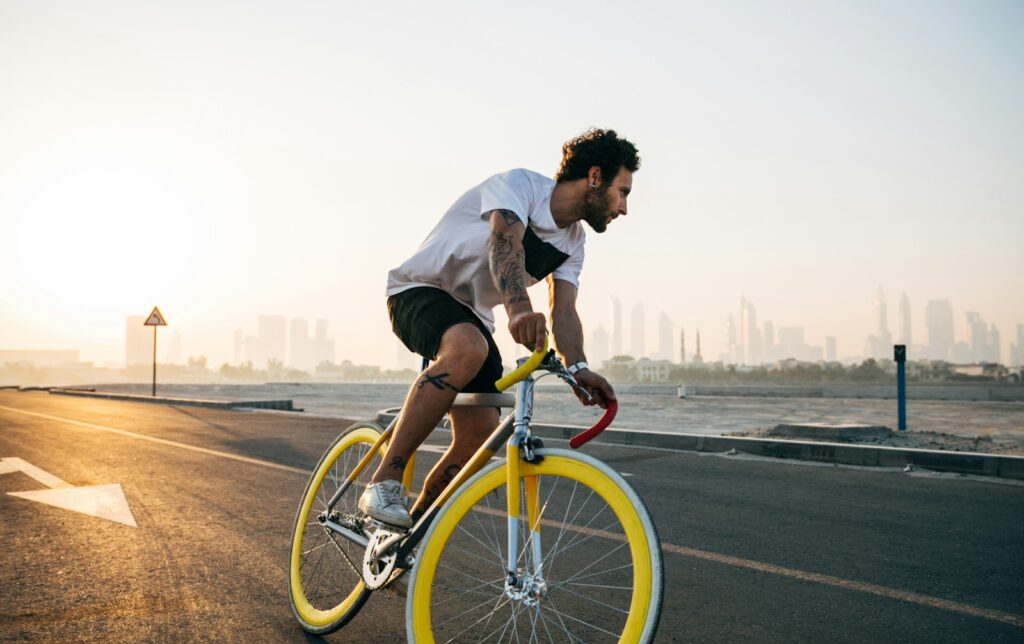
Picture this: you’ve just cycled home after a long day, your legs are tired but your spirit is high. You park your bike outside your Philadelphia row home, and you can’t help but feel a twinge of anxiety as you walk away. It’s not just any bike; it’s your trusty steed, your companion on countless adventures, and the thought of losing it to the clutches of a thief is unbearable.
You’ve taken every precaution known to the cycling world: a disk lock, two heavy chains linked to formidable NYC ‘forget about it’ locks, and even the boot. Not to mention the locked cover (though it’s not in the picture) and the quartet of vigilant cameras keeping an eye on your metallic buddy. Yet, despite this Fort Knox-esque setup, a shiver of fear still runs down your spine. Are you being paranoid, or is this the new normal for urban cyclists?
The truth is, in the city, there’s no such thing as too many locks when it comes to securing your bicycle. The streets are a battleground, and your bike is the prize that thieves are all too eager to claim. But how do you strike the balance between turning your bike into an immovable object and actually being able to enjoy the ride without lugging around a locksmith’s inventory?
Let’s dive into the world of bicycle locks and security, and explore how you can keep your two-wheeled treasure safe without feeling like you’re preparing for a medieval siege.
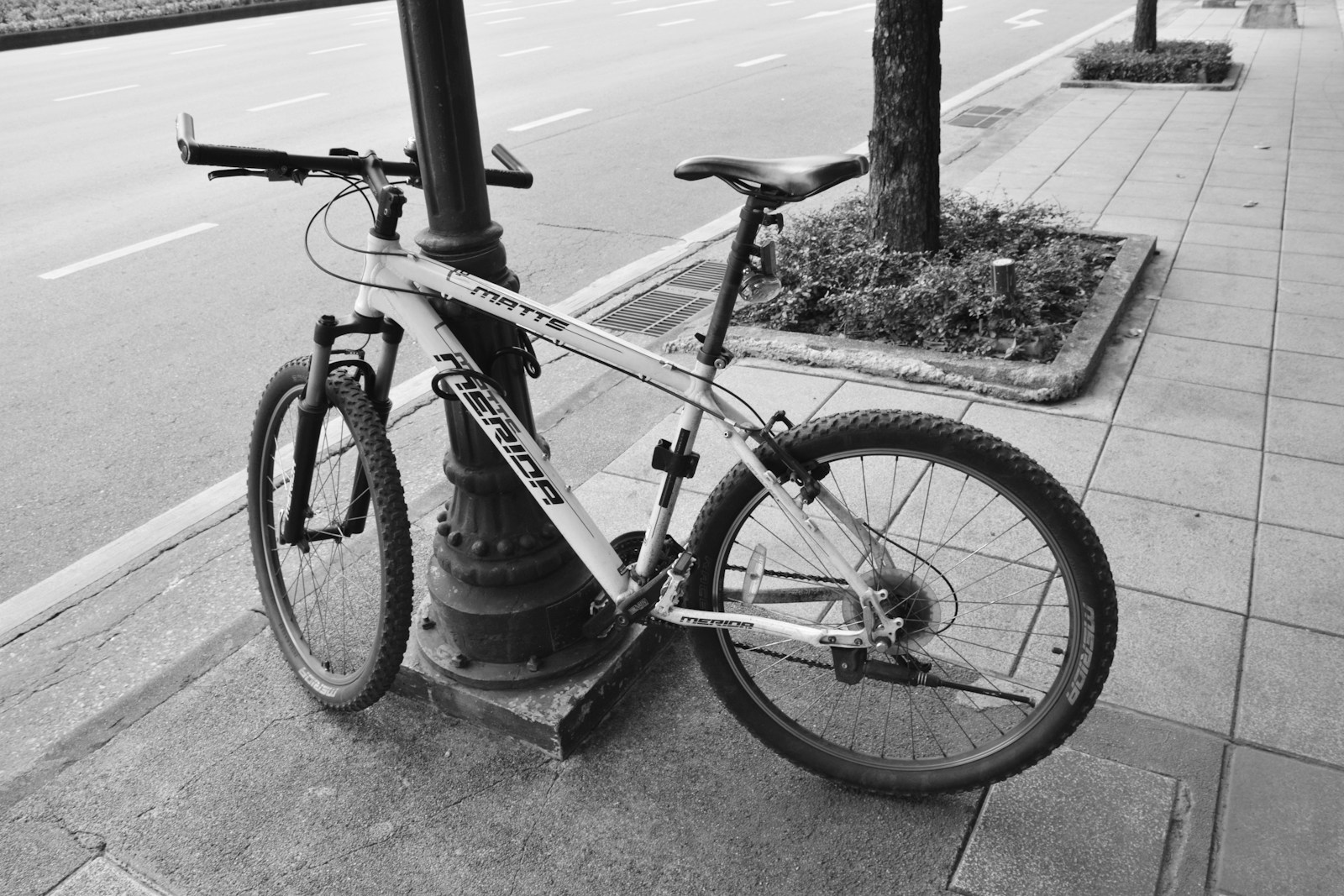
The Lockdown: Understanding the Art of Bicycle Security
When it comes to bicycle security, knowledge is power. The market is flooded with various locks, each boasting its own strengths and weaknesses. From the sturdy D-locks to the flexible cable locks, and the hefty chain locks, there’s a security solution for every situation. But what do these locks really offer, and how can you use them to your advantage?
D-locks, like the DX from Hiplok, are the gold standard for a reason. They’re tough, resilient, and a nightmare for thieves. Pairing a D-lock with a cable can provide the perfect balance for commuters, allowing you to secure both the frame and wheels. However, they can be cumbersome, and not all bike frames are D-lock friendly, especially those of mountain bikes.
Cable locks, on the other hand, are the lightweight contenders of the lock world. They’re easy to carry and convenient for quick stops. But beware, they’re not as secure on their own and should be used in conjunction with a more robust lock.
Then there’s the chain lock, the heavyweight champion. It’s the closest thing to a portable fortress for your bike, combining the best aspects of a cable and D-lock. But with great security comes great weight, and these locks are not for the faint-hearted or those with a penchant for uphill sprints.
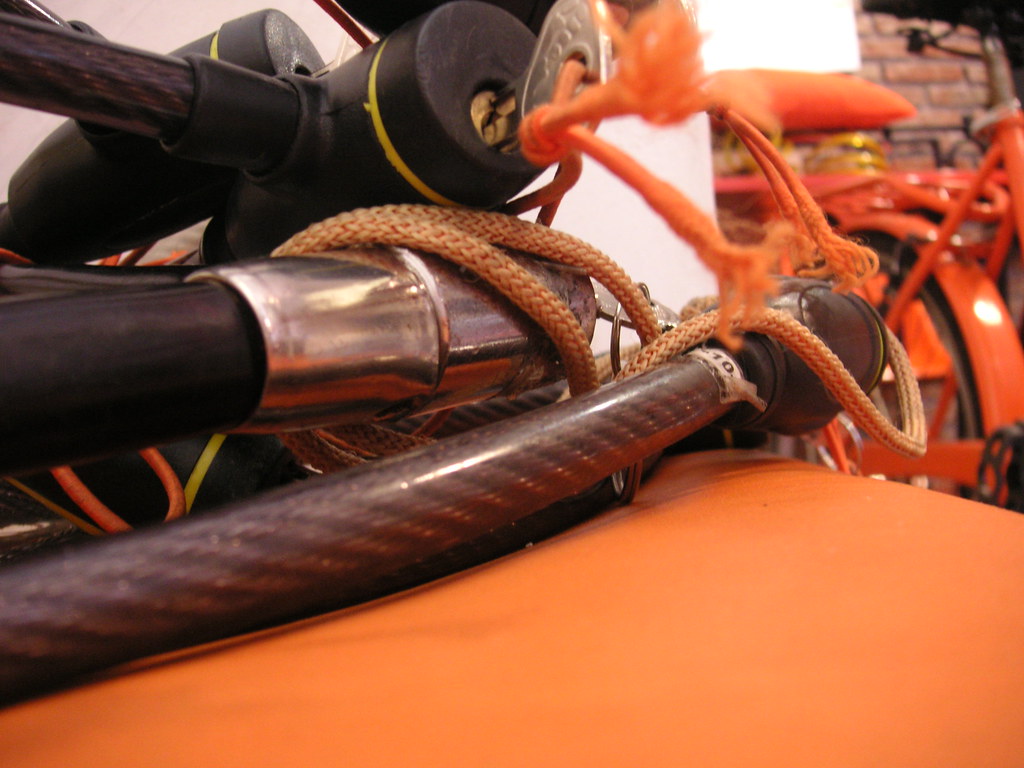
What Locks Do I Need?
The value of your bike often dictates the level of security you’ll need. No lock is impervious, but the higher the quality, the greater the deterrent. Sold Secure, an industry-recognized certification house, grades locks from Bronze to Diamond, with Diamond offering the highest level of security. For those with bicycles valued at over £1,000, a Gold or Diamond-rated lock is a must.
But what about insurance? Many cycling insurance policies, like those from Pedalsure, require the use of locks that meet certain standards. For bikes up to £1,000 in value, a Silver-rated lock may suffice, but for more expensive rides, Gold is the way to go. And don’t forget, registering your bike can be a lifesaver if it’s ever stolen.
Tips For Locking Your Bike
The Cambridgeshire Police, experts in an area rife with bike theft, offer sage advice for locking up your bike. Always lock your bike, even if it’s just for a minute. Take your accessories with you, and use two different locks, making it harder for thieves to have a field day. Choose busy, well-lit areas with CCTV, and lock your bike to something solid. Fill the lock with as much of the bike as possible, and keep the lock off the ground to prevent leverage attacks.
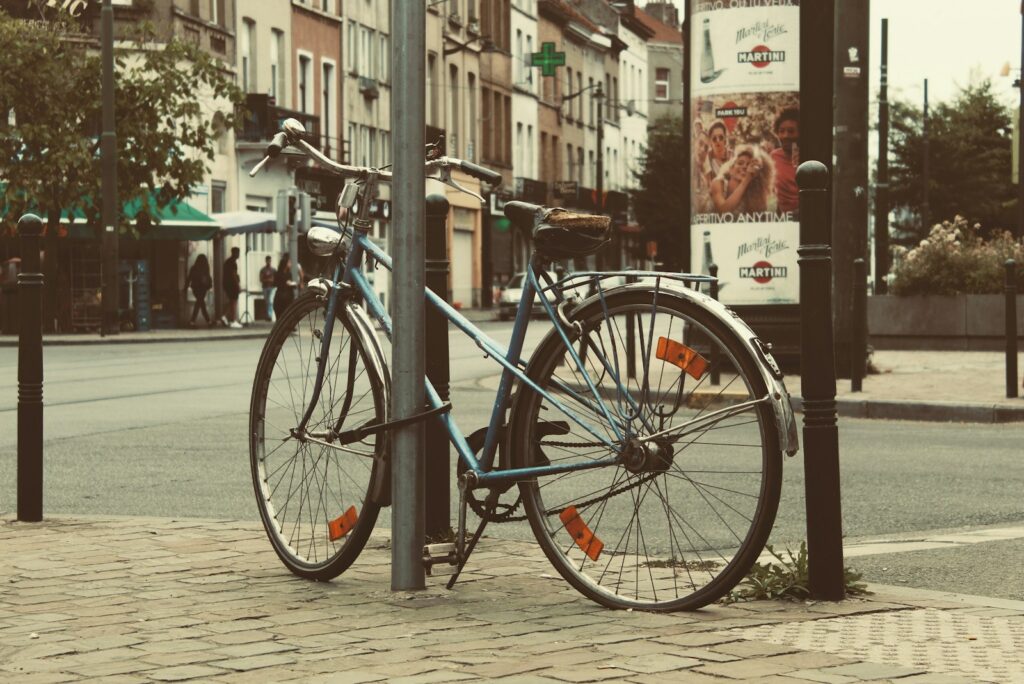
Locking Your Bike On The Street
When you’re out and about, the way you lock your bike can make all the difference. Avoid locking to movable objects or just the rear wheel. Instead, secure your bike with a D-lock through the frame and wheel to an immovable object. Better yet, use a cable to loop through both wheels, or remove the front wheel and lock it alongside the rear. For the ultimate protection, employ two D-locks on different parts of the bike.
Even if your workplace offers secure bike storage, don’t let your guard down. Follow the same best practices as you would on the street, and check your insurance policy for any specific requirements.
Locking Your Bike At Home
Home is where the heart is, but it’s also where bike thieves love to lurk. Don’t just stash your bike in the shed or garage; lock it to something immovable or noisy to deter sneaky intruders. And remember, leaving your bike unattended for long periods, even at home, is an invitation for trouble.
Your cycle insurance policy will have specific rules about how and where to lock your bike. These might include not leaving your bike locked and unattended for more than 24 hours, ensuring it’s locked to an immovable object, and not using council bike hangars. Always read your policy carefully to understand the requirements.
There you have it, the first chapter in our guide to locking up your bike in the city. Stay tuned for more practical tips and insights in the next section, where we’ll delve deeper into mastering the streets and keeping your bike safe from the urban jungle’s predators.
Moving on to the practical side of things, let’s talk about how you can apply these insights to your daily routine and ensure your bike remains just that—yours. The streets of the city can be a veritable obstacle course for cyclists, but with the right knowledge and tools, you can navigate this terrain like a pro. Here are some practical tips for protecting your bike in the urban environment.
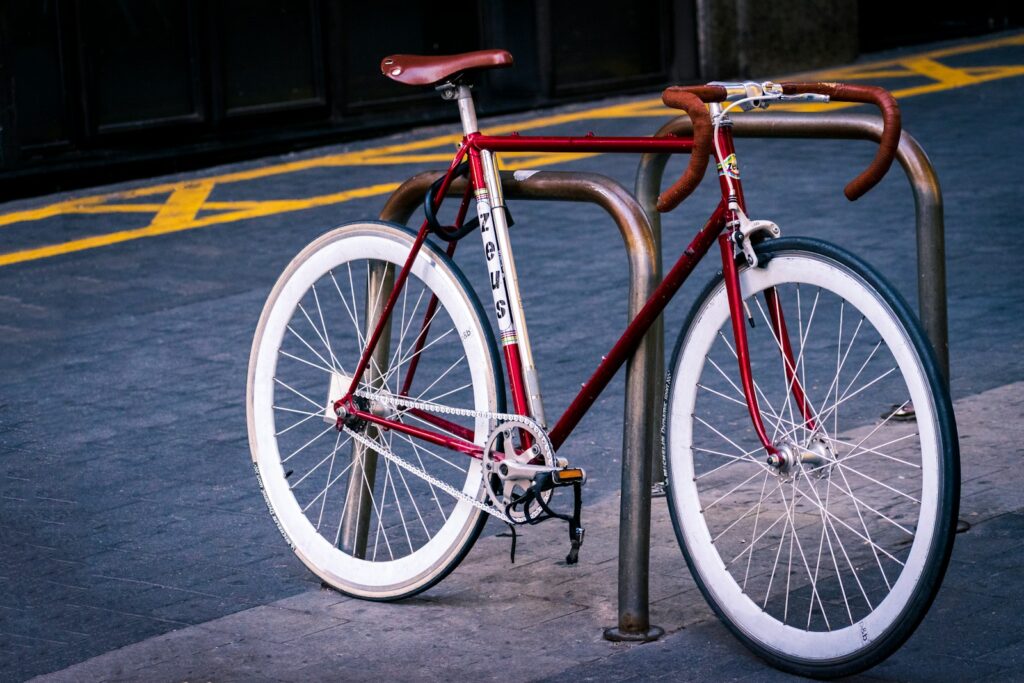
Mastering the Streets: Practical Tips for Protecting Your Bike in the City
First, location. You’ve heard it before, but park smart: location remains key. When street parking, choose well-lit spots with heavy foot traffic. Thieves avoid bikes in public view under street cameras. Remember—anonymity helps thieves, so pick spots that make their job tough.
Now, locking technique. It’s not just about good locks—it’s how you use them. With a D-lock, run it through your frame and rear wheel, then secure to something solid. Got quick-release wheels? Add a cable or secondary lock. This might feel excessive, but in cities, you can’t be too careful.
For those of you who have invested in heavy chain locks, remember that their weight is a testament to their strength. Yes, they’re a hassle to carry around, but they provide a level of security that is hard to beat. If you’re using a chain lock, try to avoid letting it rest on the ground where a thief could use leverage to break it. Keep it elevated by locking your bike in such a way that the chain is off the ground and wrapped tightly around the bike and the object it’s secured to.
Think like a thief. Scope out your bike’s security from their perspective: Any easy-to-grab parts? Tools nearby they could use? Understanding thief tactics helps you fix weak spots before they do.
Personalize your ride. Make your bike recognizable with unique decals or accessories. Thieves skip bikes that stand out (harder to resell), and distinctive features help police recover it if stolen.
At work? Don’t get complacent with “secure” bike storage. Lock up thoroughly like you would on the street. You never know who accesses that area.
Same rules at home. Your garage or shed isn’t immune—bolt your bike to something immovable inside. Consider ground anchors. Even that bike cover? Lock it down. Layer your defenses.
Don’t forget insurance. Good locks matter, but coverage is crucial. Know your policy’s requirements—most specify lock types and security methods. Skip this, and you might lose coverage.
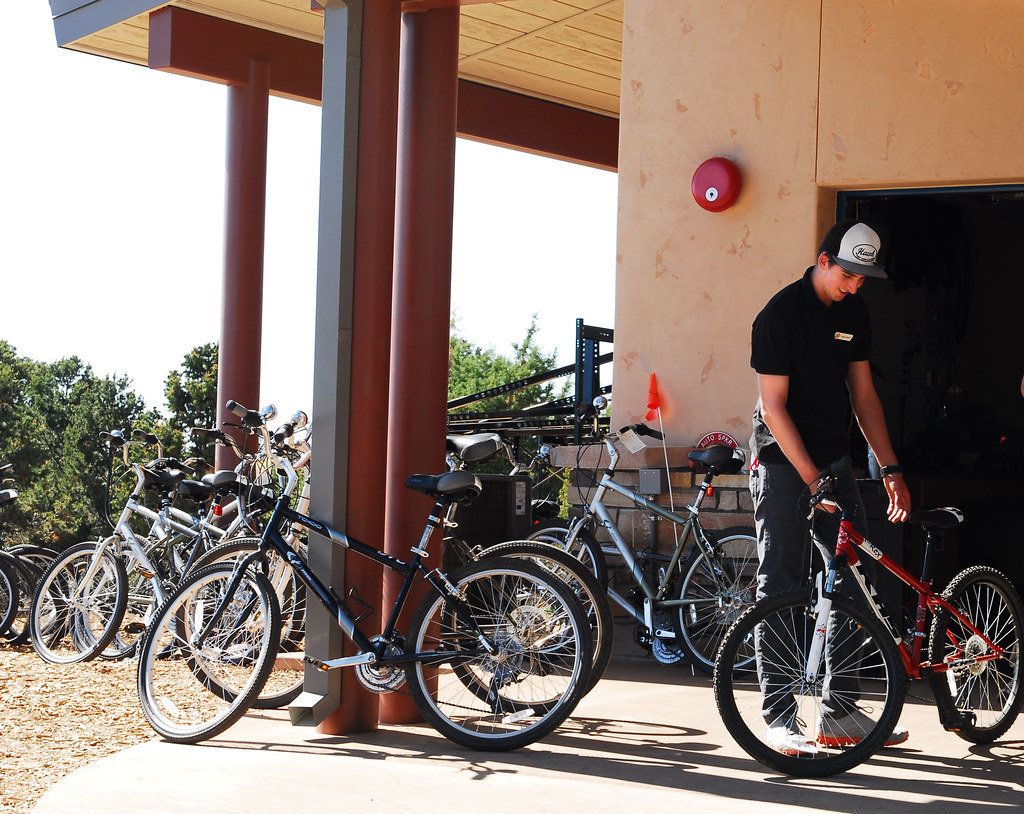
While the fear of bike theft is a reality for urban cyclists, it doesn’t have to define your cycling experience. By taking a strategic approach to where and how you lock your bike, personalizing it, and ensuring you’re covered by insurance, you can ride with confidence. Remember, the best lock is the one that’s used correctly, so always double-check that you’ve secured your bike properly before walking away.
Find the security-practicality balance. No need for a fortress—just smart protection. With these tips, you’ll navigate streets knowing you’ve safeguarded your two-wheeled partner. Ride on, urban warriors.

